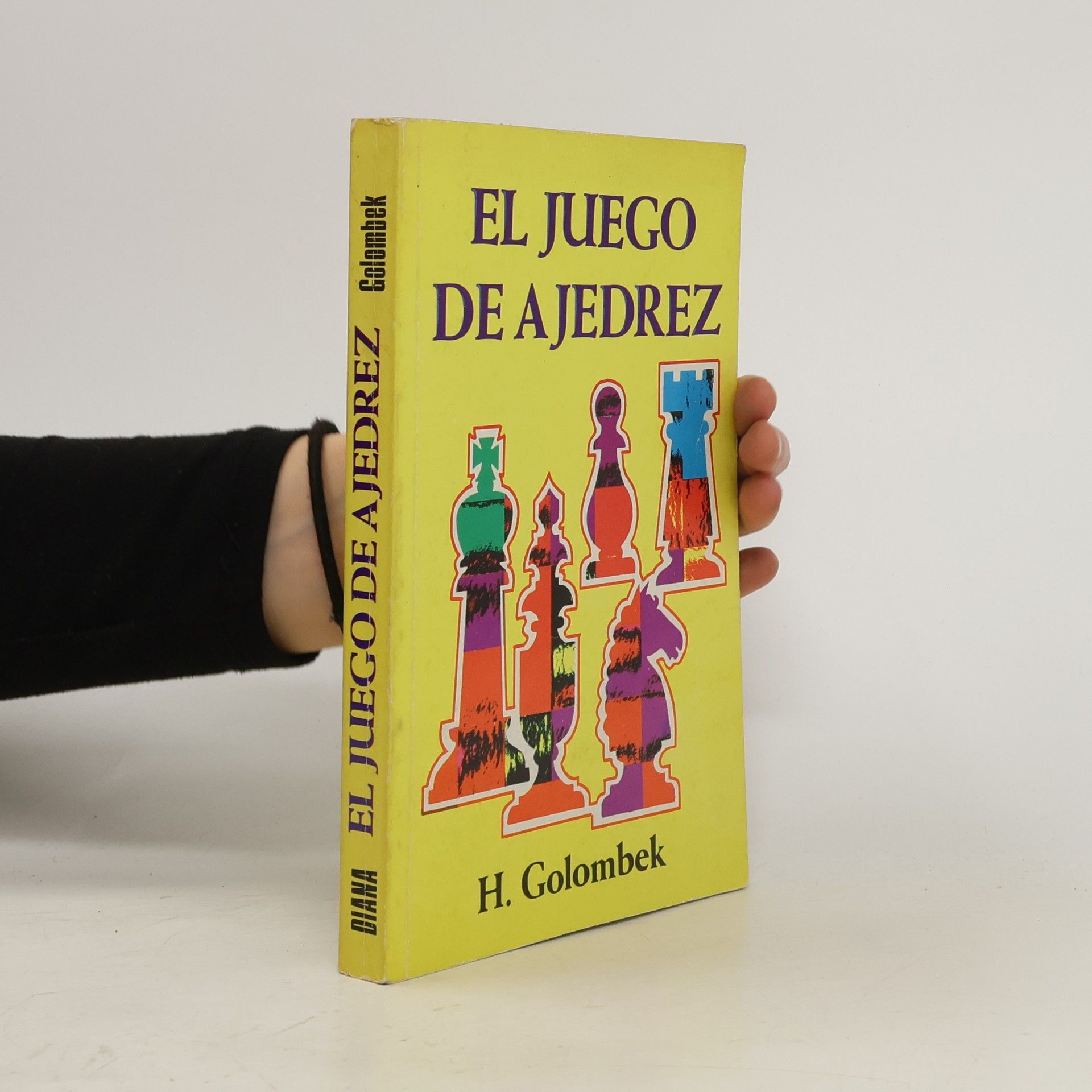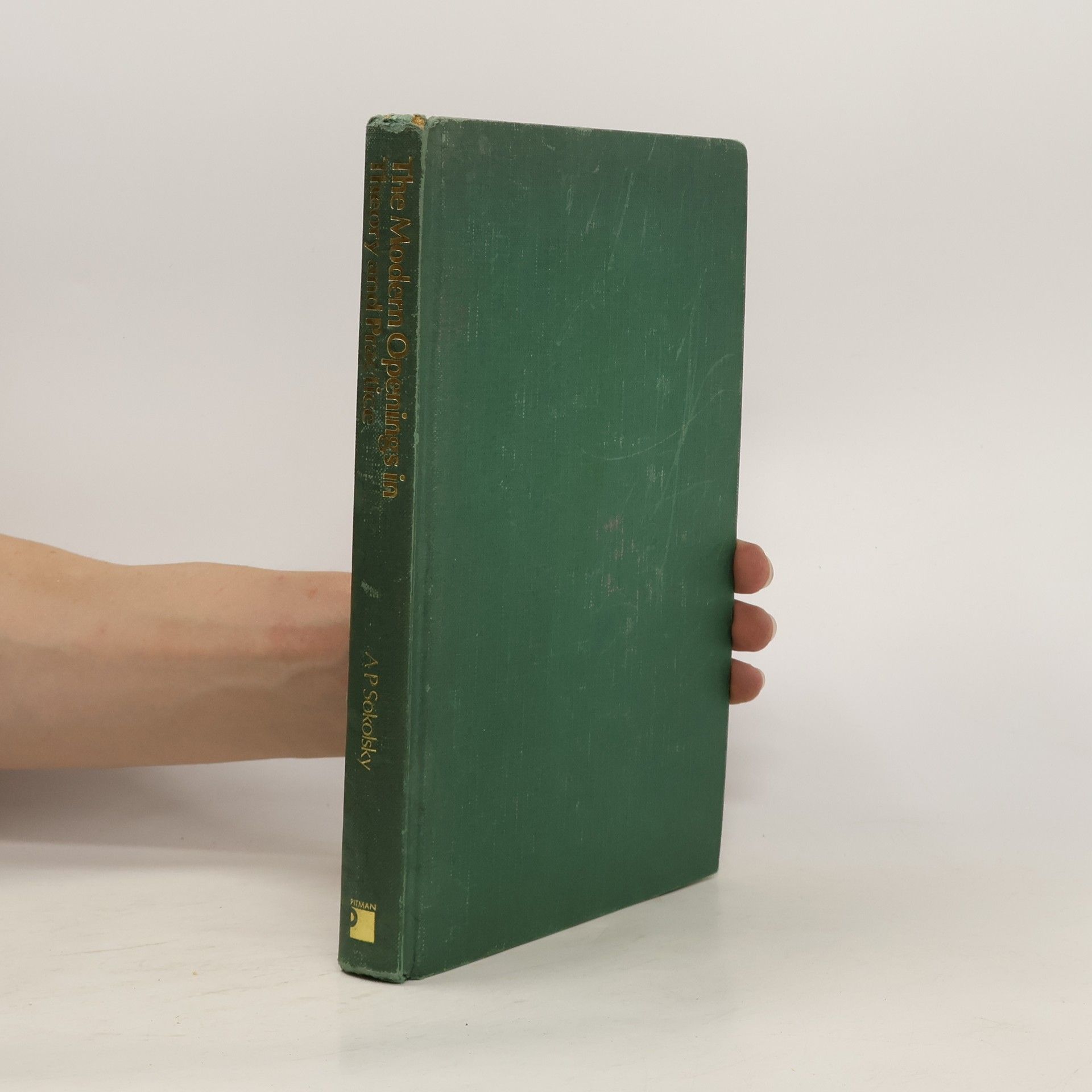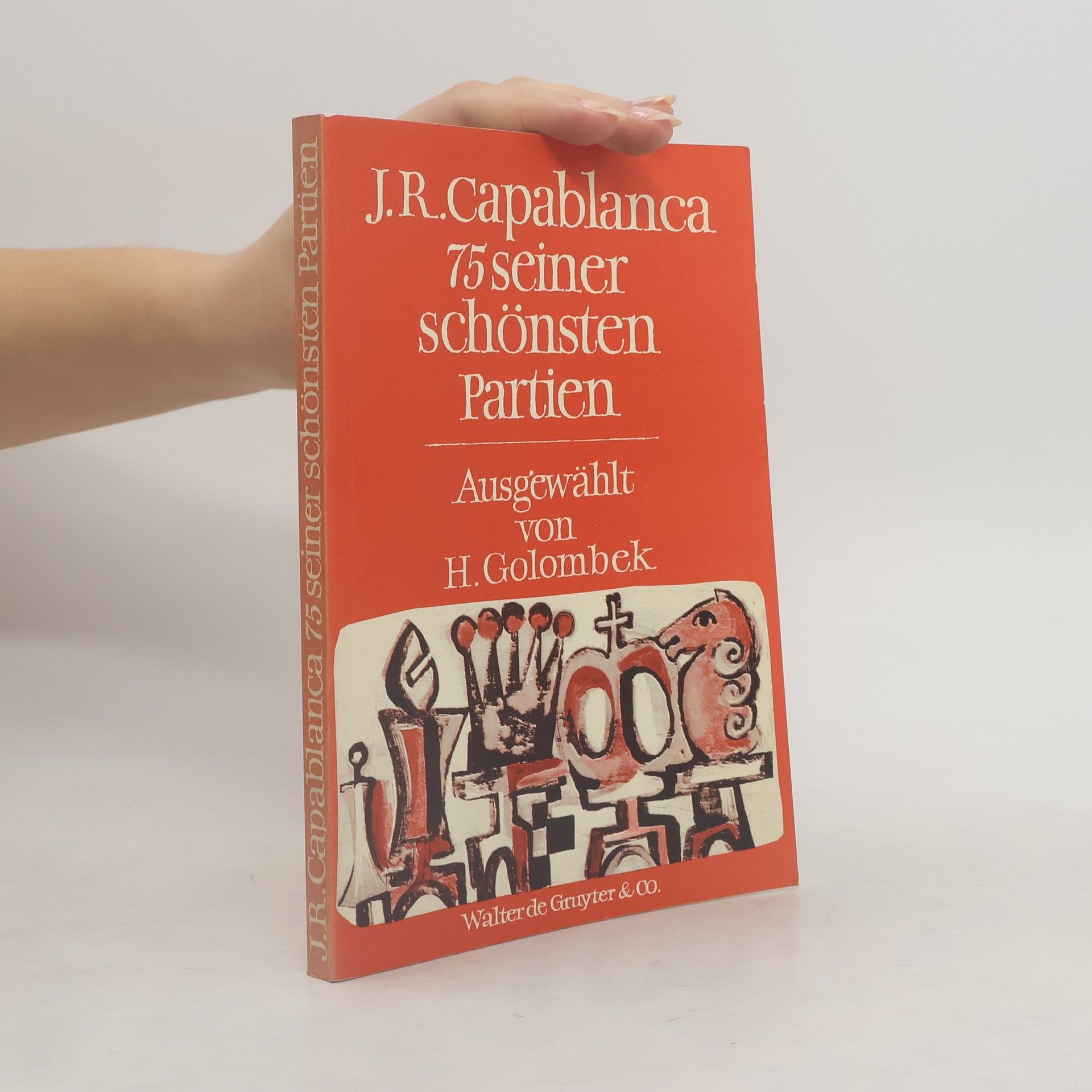Harry Golombek Bücher




Reykjavik 1972
Fischer V Spassky - 'The World Chess Championship' and 'The Sporting Scene: White Knights of Reykjavik'
- 208 Seiten
- 8 Lesestunden
The 1972 world chess championship in Reykjavik, featuring Boris Spassky and Bobby Fischer, stands out as the most publicized and scrutinized match in chess history. This high-stakes competition not only captivated chess enthusiasts but also drew significant global attention, highlighting the intense rivalry and the cultural impact of the game during the Cold War era. The match became a symbol of intellectual prowess and national pride, marking a pivotal moment in the sport's history.
Used-Very Good Hardcover, Stated First Edition in LIKE NEW jacket. Pages clean except for the some highlighting or scribbled note at the beginning, and then hardly read after that., binding tight. Not a remainder or ex-library. Extremely rare ALMOST Like New Hardcover, with Dust Jacket, protected with a Bro-Dart DJ cover (Actual dust jacket contains some edge wear, chipping; small pieces flaked off). * Pages clean, binding tight. Not a remainder or ex-library * The purchase of this item also qualifies you to receive FIVE (5) FREE ‘Thank you’ Gifts from LabateChessPlus. Upon seeing payment, we will send you an email with your FREE selections to choose from, and then you may email us the choice of your FREE ‘Thank you’ Gift * 23 hr shipping or quicker!! Safely packaged with delivery tracking, with confirming email to the buyer. * Purchase (2) two or more individually listed items here on Amazon, and I will upgrade your USA shipping to Priority Mail (2-3 days delivery estimate) at no additional charge * Additionally, when ‘earning’ Upgraded shipping, you also qualify for an ADDITIONAL “ ‘Thank You’ Gift”. When you're done making your selections, please send me an email requesting that I 'correct' your shipping to Upgraded, as well as to let me know your choice of your “ ‘Thank You’ Gift”!! * From a SMOKE-FREE home * Thank you for looking - Edward Labate, National Chess Master, Las Vegas, NV USA